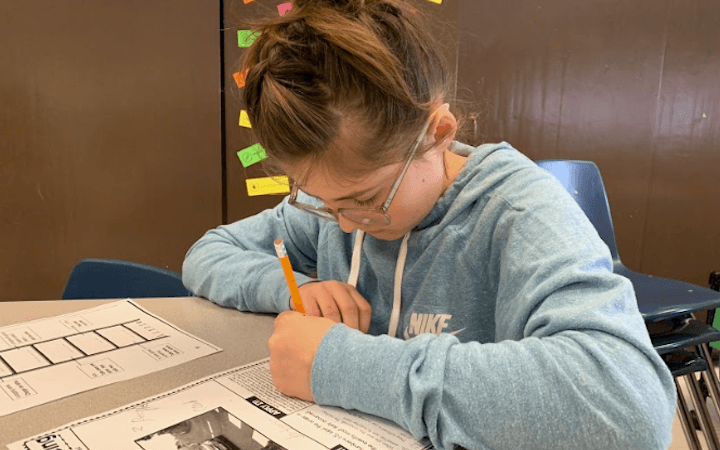Your class is just different now. In fact, it's undergone numerous iterations, reversals, and adjustments of which "different" it is. Room layout changes one week, then distance learning the next, and sometimes your class is moved completely outside. Through all the tumult, you must cultivate a learning environment that serves your students: mind, body, and soul.
With the winds constantly changing, what can we cling to? What are the qualities of good learning environments we can navigate by, no matter what "different" precipitates in the coming months?
In this post, we will take a look at characteristics of successful learning environments, as described in Bransford, Brown, and Cocking's How People Learn. In Part 2, we will discuss how these environments can be maintained and strengthened through COVID-19 guidelines.

How People Learn: Brain, Mind, Experience and School (Bransford, Brown, and Cocking, 2000, p. 124, fig. 6.1)
There is no prescription for one ideal learning environment; implementation depends on the learners and the greater context of the learning. However, successful environments share high-level qualities. The How People Learn framework shown above describes interlinked learner-centered, knowledge-centered, assessment-centered, and community-centered perspectives.
Learner-Centered
Teachers with a learner-centered perspective consider the conceptual and cultural knowledge students have formed before class time. They design activities that allow students to confirm or reform understanding through guided cognitive conflict. Learner-centered environments engage with students' cultural practices not only to make lessons contextually meaningful, but also to support the identity development of each student. The relationship between subject and student is a two-way street; learner-centered environments value where the student comes from as much as where they are headed.
Knowledge-Centered
Understanding a field requires a wide and deep body of knowledge: facts, connections, sense-making skills. Knowledge-centered environments give time and care to the communication, application, and analysis of content. The development and implementation of quality academic standards are examples of this perspective in action. Note that "knowledge-centered" classes do not limit education to the regurgitation of trivia. Rather, ideas are intentionally networked into cross-cutting webs of understanding.
Assessment-Centered
If any students happen to read this, yes—assessments actually do have an important role in your education. Two important qualifications: they must support the class's learning goals, and "assessment culture" must be centered on feedback and revision. Assessment-centered teachers take care that data they collect accurately reflects achievement towards a set learning outcome. Formative assessments are used to encourage a growth mindset and an iterative approach to idea-formation. They allow students to continually revise their thinking, and provide insight for teachers as they adjust how they will teach each day.
Community-Centered
This perspective includes a range of "communities," from your class to the greater society. In quality learning communities, students feel safe to make mistakes and learn from them. There is equitable support, inclusion, and appreciation of all members of the community. Formation of these meaningful relationships can be guided by establishing norms and modeling communication. Can you help students challenge each others' thinking and learn from each other in a productive way? In the How People Learn framework, the community-centered perspective surrounds all others; community formation has a significant impact on all other qualities of successful learning environments.
As you cultivate your learning environment, during the pandemic and after, consider each of these perspectives. Does today's lesson consider the preconceptions learners bring? Will it significantly deepen their knowledge base, and support positive interaction among students? Does its assessment help students reconsider their thinking, and am I responding to the data I receive from it?
In Part 2, we will consider how these perspectives might be implemented given changing COVID-19 guidelines.
 Alliance for Catholic Education
Alliance for Catholic Education
